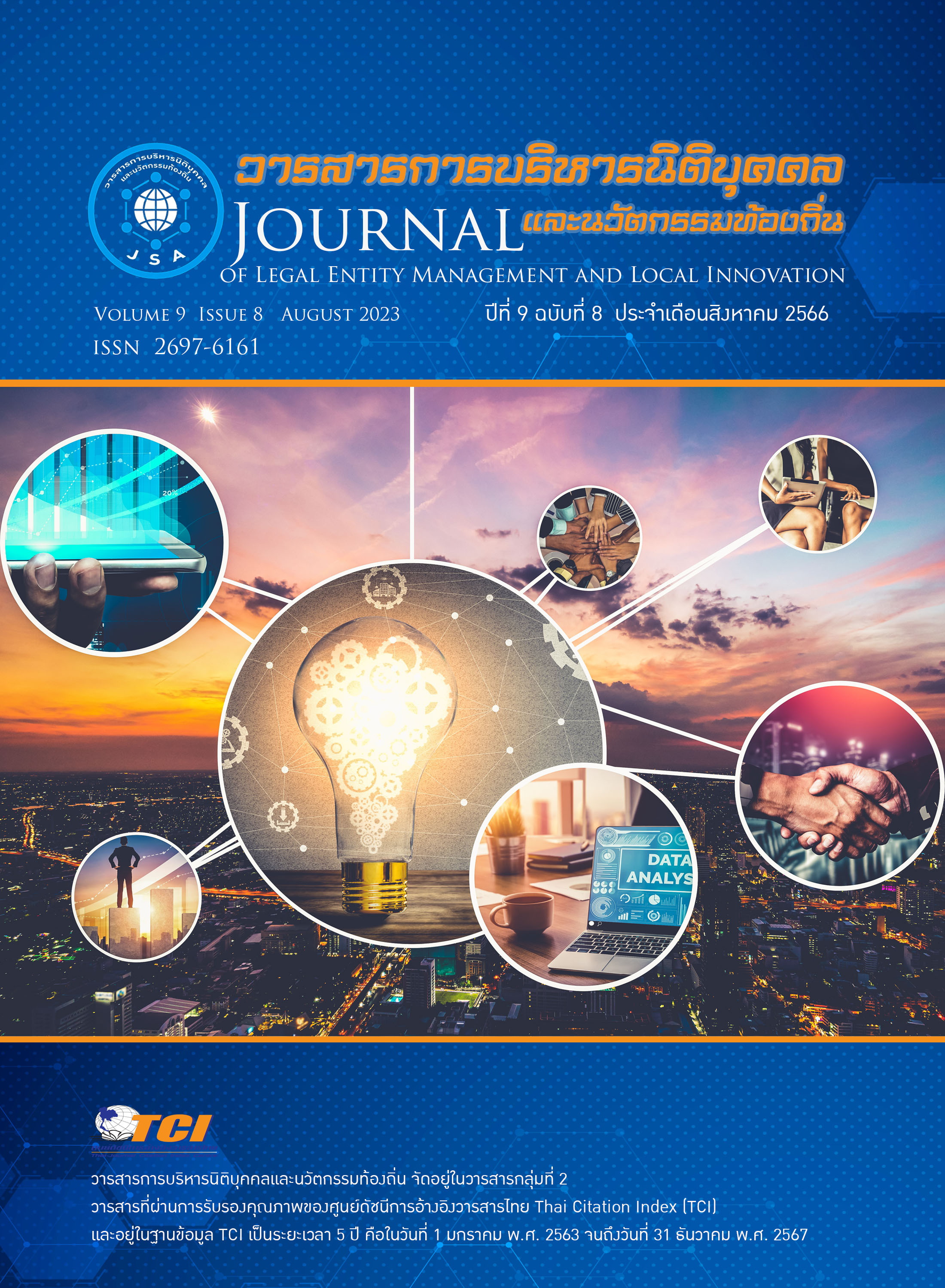Lam Kon Sawan: Identity of Traditional Performing Arts in Savannakhet in the Period of the New Economic Mechanism, Lao Pdr
Keywords:
Lam Kon Sawan, Savannahkhet, Identity, Performing Arts, The New Economic MechanismAbstract
This article is part of a research paper entitled “The Folk Performing Arts: Identity and Cultural Adaptation in The New Economic Mechanism in Savannahket Province, Laos (PDR).” The objectives of this research were to study 1) Identity and tradition performing arts of Lam Kon Sawan 2) Cultural adaptation in the New Economic Mechanism. The Data from documents and fieldwork were analyzed and presented through descriptive analysis. The results are as follows. 1) Identity of Lam Kon Sawan has fixed lyrics and melodies, and the lyric composition corresponds to the melody. The local scholars have composed poems depicting natural beauty, traditions, and love. The rhythm of the melody varies according to the local accents. The performing opportunity is a celebration in the traditional festival when there is a dance accompanied by the rhythm. There is a fun dance because it is a heritage of wisdom that has been learned and remembered. 2) The role of local singing diminished following political events during the French colonial era, and the socialist era, until the New Economic Mechanism. In 1986, there was an adaptation for each locality. There was a revival of local wisdom, especially four types of singing, but the lyrics were still limited to the national creation, moral ethics, and courtship between singing partners. The melody still retains its original identity. There were adaptations in dressings, musical instruments, and melodies. Overall, even though there were traces of locality, trends have changed in popularity related to cultural, religious, economic, and educational factors in the digital age that brings external media into the culture. On the other hand, the media can spread the performing culture widely, which is related to capitalist economic development. In summary, this research can be used as conservation data and analytical guidelines for the protection of cultural heritage.


